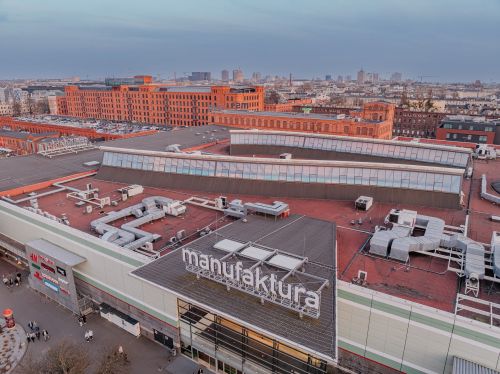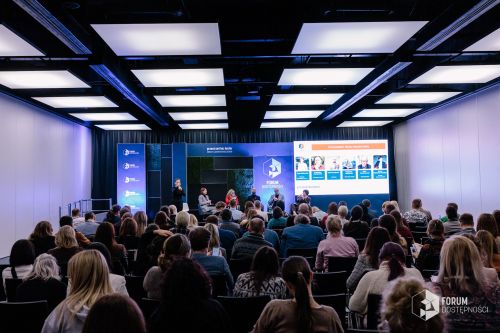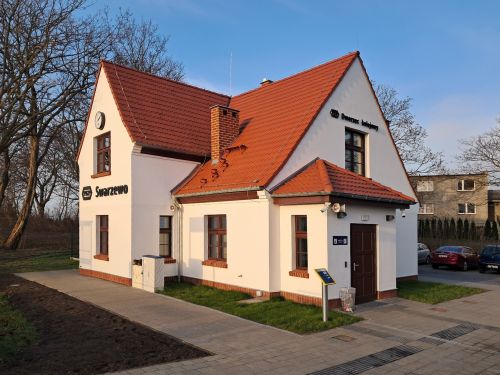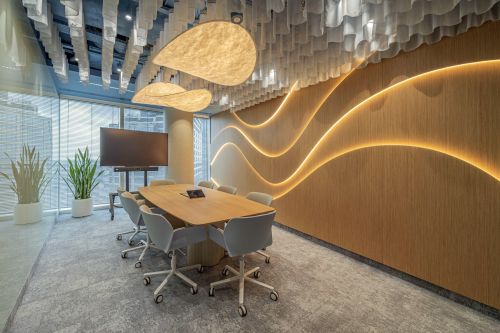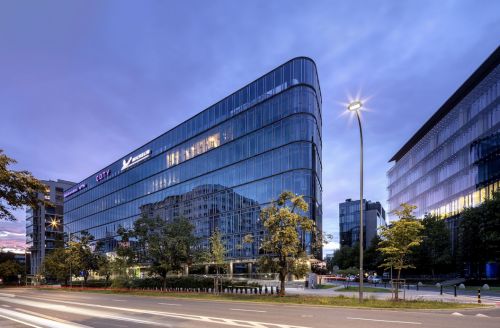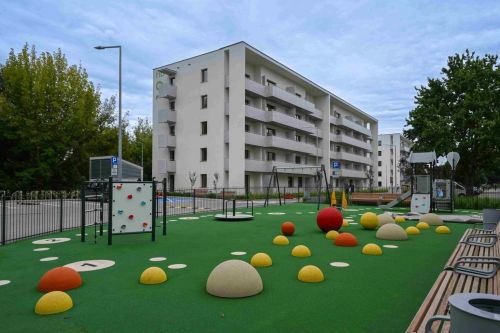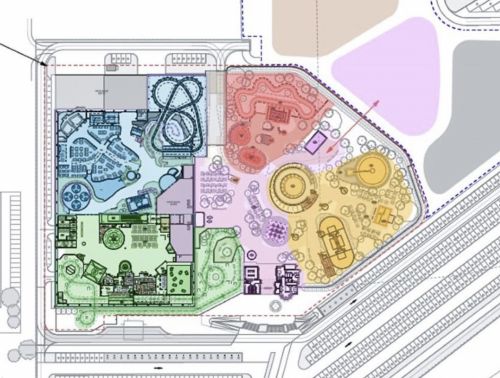The ability of a retailer or shopping centre owner to provide an experience that sets it apart in the eyes of consumers increases the turnover, the time spent in the store or centre and the loyalty inspired by the brand. Loyalty is now driven primarily by a company’s interaction with its customers and how well it serves both their wants and needs. The key to the success of a store or a shopping centre is to deliver a consistent, branded experience that exceeds customers’ expectations. However, many companies are still unable to see the real business value in gauging and managing the customer experience. And this is clearly a mistake, as JLL emphasises.
The point of the game
Customer touchpoints are those points of contact between the customer and the brand, from start to finish. For example, a consumer may find a business online or in an advert, read its ratings and reviews, visit the website of that brand, shop in one of its outlets or contact its customer service. For e






































